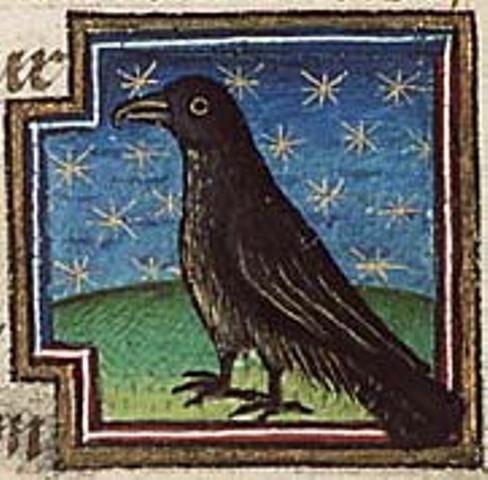















Beltane
Other names: Kala-Hanv (Breton), Cala Me (Cornish), Giamonia (Gaulish), Belltaine, Boaldyn (Manx), Cétshamain (Modern Irish), Bealtuinn (Scottish-Gaelic), Cyntefin, Dydd Calan Mai, Calan Mai (Welsh).
The summer half of the year begins at Beltane, lasting until Samhain. While it is the beginning of the warmest part of the year, it is ultimately leading up to the irony of the summer solstice; but for now, the season is one of beauty and growth. The flowers are in full bloom; apple orchards are white with blossoms; and the crops are in and beginning to grow.
Whether the name of the day is translated as "shining fire" or "Beli's fire" is uncertain; the Welsh name for the day is unhelpful--Calan Mai, which simply means "First of May." On the Coligny calendar, it is called Giamonios--"end of winter", which again gives no indication if the god Belenos is being referenced.
At any rate, the mythology of this time of the year is nearly as heavy as at Samhain; on this day the Tuatha Dé Danann landed in Ireland, as did the Milesians; Pryderi was found at Teyrnon’s stables; Gwyn and Gwythyr battle over Creiddylad; and in some versions of the story, Taliesin is retrieved from Gwyddno’s weir. In the first case, it is the coming of the gods to the land; in two cases, it is the finding of the hero after he has been lost; in another, it is the battle of the flower maiden. The final is probably a seasonal myth, while the other two seem to relate to a theophany. The flower maiden goes with the hero, leaving her father or elderly husband, thus ushering in the summer. Beltane is a time of growth, and in two of these cases, there is a type of growth with the coming of the gods.
The Beltane fires were lit on the hill of Uisnech; according to the text The Fitness of Names, the practice was begun during the age of the Nemedians, by the druid Mide; it, like the Samhain fire, became the source for all the fires of the season. It is said that the druids would drive cattle through two bonfires on this day in order to prevent disease.

Back to "B" | Back to JCE
Home
Mary Jones © 2004